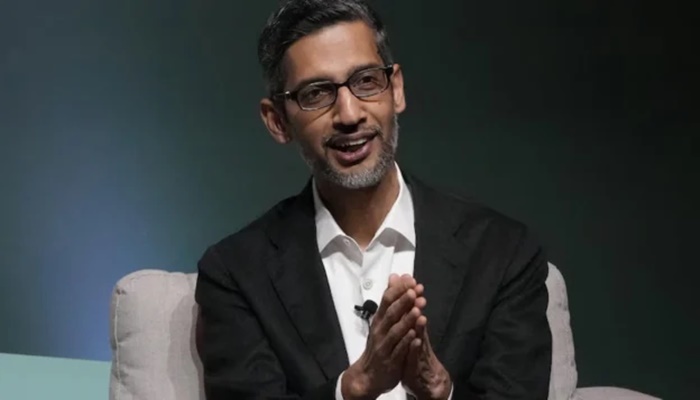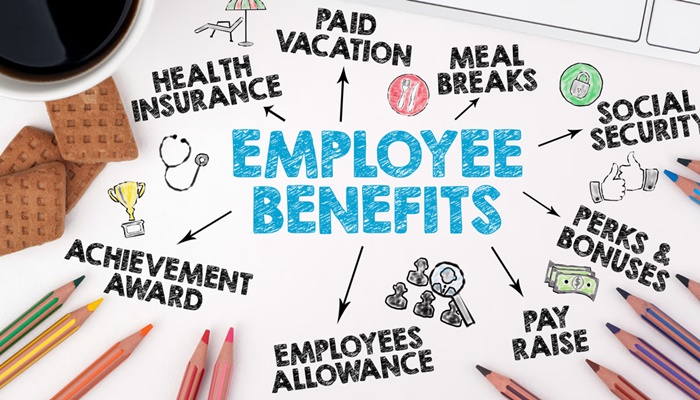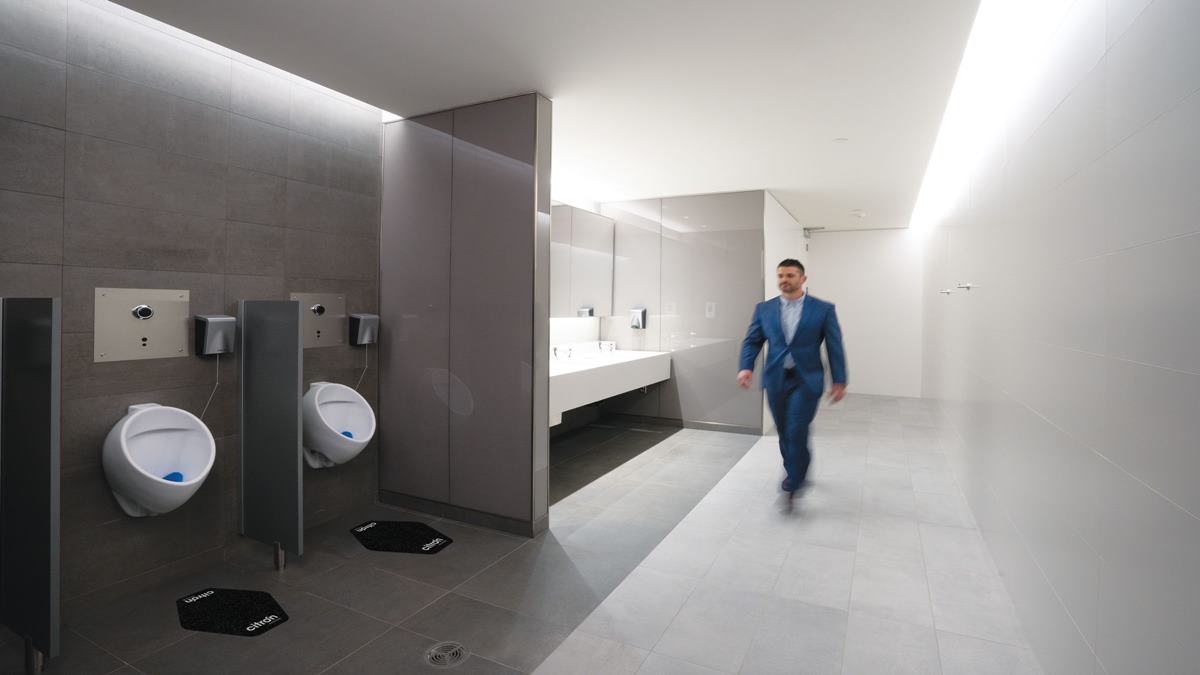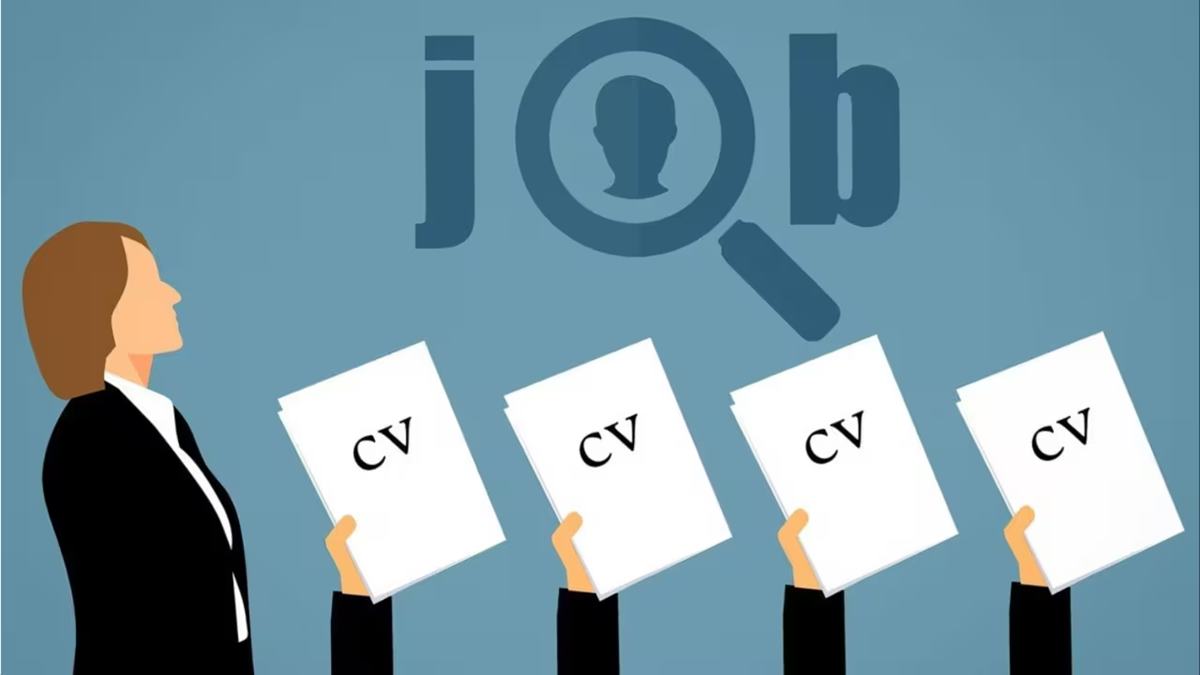In 2025, employee benefits are no longer just perks, they’re strategic tools for attracting and retaining talent in a competitive market. With economic shifts, technological advancements, and changing employee expectations, HR leaders must stay ahead of the curve.
Flexible work arrangements, including hybrid and remote options, remain a cornerstone of modern benefits packages. Smaller firms are increasingly offering flexible schedules to compete with larger enterprises. Employers are responding by integrating tools like AI-driven scheduling platforms to balance productivity and employee autonomy.
MENTAL HEALTH SUPPORT: PRIORITIZING EMPLOYEE WELL-BEING
Mental health benefits are gaining traction as employees demand holistic well-being support. Companies are expanding access to teletherapy, mental health apps, and employee assistance programs (EAPs). SHRM’s 2025 benefits survey highlights that 45% of organizations now offer mental health days, up from 30% in 2023. This trend reflects a cultural shift toward destigmatizing mental health in the workplace.
FINANCIAL WELLNESS PROGRAMS: ADDRESSING ECONOMIC ANXIETY
With inflation and economic uncertainty persisting, financial wellness programs are a rising priority. Employers are offering benefits like student loan repayment assistance, emergency savings plans, and financial planning workshops.
One-size-fits-all benefits are fading as employees seek personalized options. Companies are leveraging AI to tailor benefits packages to individual preferences, such as childcare support for parents or pet insurance for animal lovers.
SUSTAINABILITY AND SOCIAL IMPACT BENEFITS
Employees, especially Gen Z and Millennials, are drawn to employers with strong environmental and social values. Benefits like paid volunteer time, carbon offset programs, and sustainable pension plans are emerging. 35% of companies now tie benefits to corporate social responsibility, aligning employee values with organizational goals.
TECHNOLOGY-DRIVEN BENEFITS ADMINISTRATION
AI and automation are transforming benefits administration, making it more efficient and user-friendly. From chatbots answering benefits queries to predictive analytics forecasting employee needs, technology is streamlining HR processes.
The employee benefits landscape in 2025 is dynamic, driven by flexibility, well-being, and personalization. HR leaders must align benefits with employee expectations while leveraging technology to stay competitive. By embracing these trends, organizations can foster a motivated, loyal workforce ready to thrive in an ever-changing world.
Source – https://www.thehrdigest.com/top-employee-benefits-trends-shaping-2025/




















